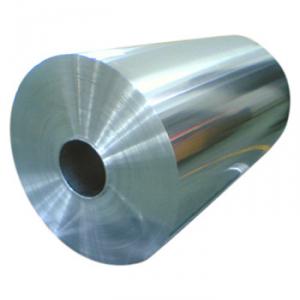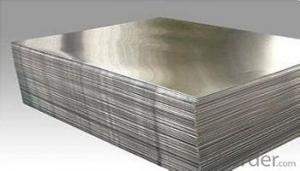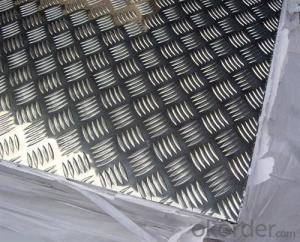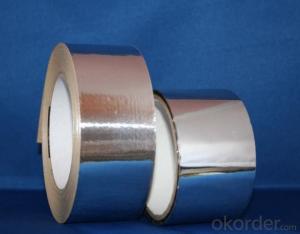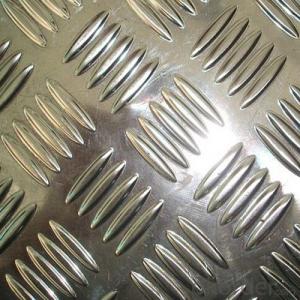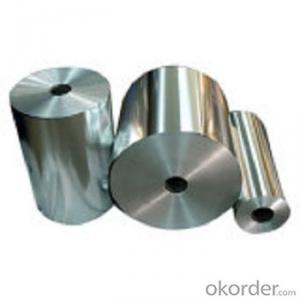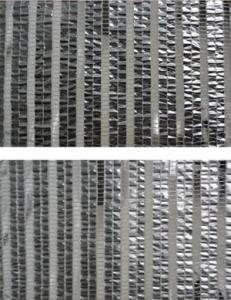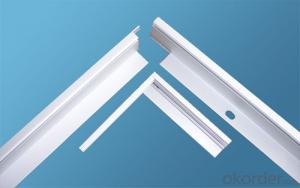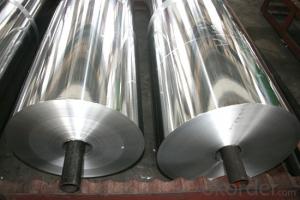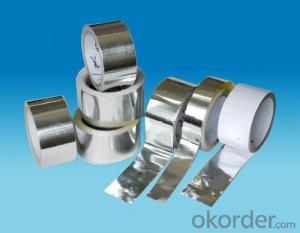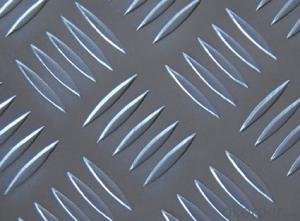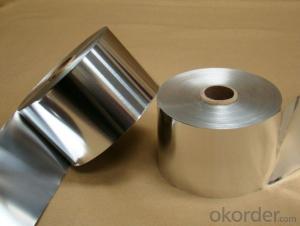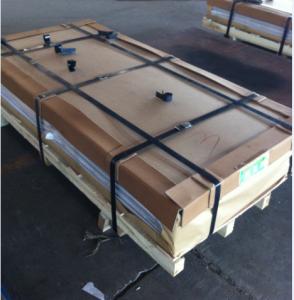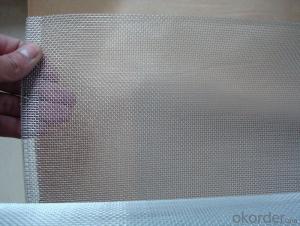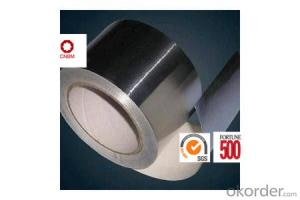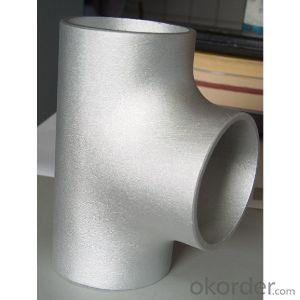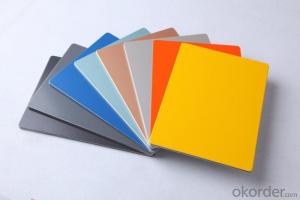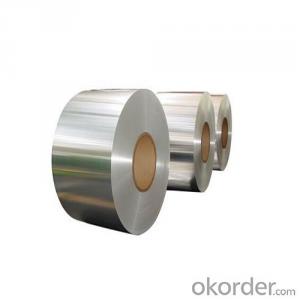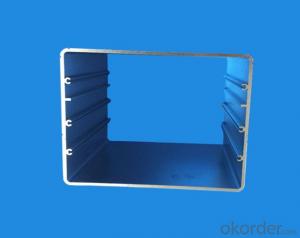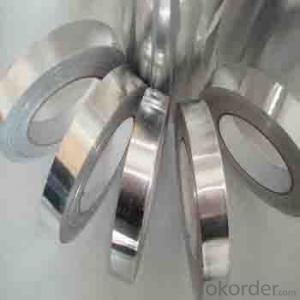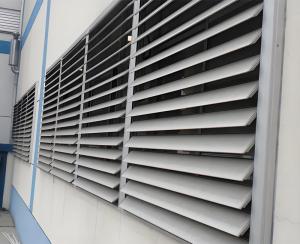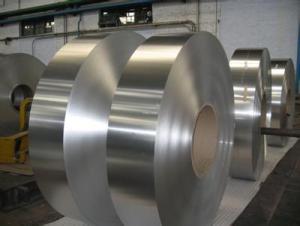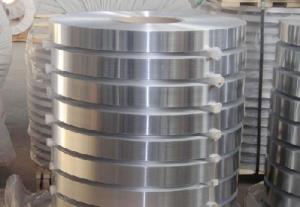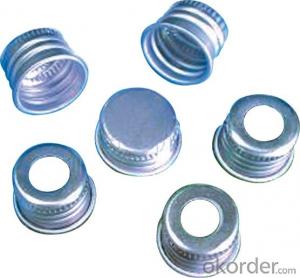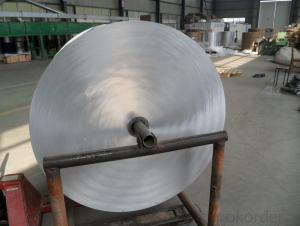An Aluminum Plate Of 25mm Thick
An Aluminum Plate Of 25mm Thick Related Searches
An Aluminum Plate 25 Mm Thick 25 Inch Aluminum Plate 25mm Aluminum Plate 25 Aluminum Plate A 10 Cm Thick Aluminum Plate Aluminum Plate 1/2 Inch Thick Aluminum Plate 1/2 Thick 1/2 Inch Thick Aluminum Plate Thickness Of Aluminum Plate 1 Inch Thick Aluminum Plate 25 Aluminum Diamond Plate Aluminum Plate 1 Inch Thick 1 2 Thick Aluminum Plate 1/2 Thick Aluminum Plate 1 Thick Aluminum Plate Aluminum Plate 1 2 Inch Thick 250 Aluminum Plate 2 Inch Thick Aluminum Plate 5mm Thick Aluminum Plate Aluminum Plate 1/4 Inch Thick Aluminum Plate Thicknesses 1 Aluminum Plate 2 Thick Aluminum Plate 1 4 Inch Thick Aluminum Plate Aluminum Plate 1/4 Thick 1 2 Aluminum Plate 1/4 Inch Thick Aluminum Plate 1 8 Inch Thick Aluminum Plate 1 4 Thick Aluminum Plate 1/2 Inch Aluminum PlateAn Aluminum Plate Of 25mm Thick Supplier & Manufacturer from China
An Aluminum Plate Of 25mm Thick is a robust and versatile product that is widely used in various industries. This type of aluminum plate is known for its high strength, lightweight, and corrosion resistance, making it an ideal choice for applications that require durability and performance. The 25mm thickness offers additional strength and rigidity, making it suitable for heavy-duty applications such as construction, transportation, and industrial machinery.In terms of usage scenarios, an Aluminum Plate Of 25mm Thick can be found in a multitude of applications. It is commonly used in the manufacturing of structural components, such as beams and frames, due to its ability to withstand high loads and maintain its shape under pressure. Additionally, this aluminum plate is utilized in the automotive and aerospace industries for the production of lightweight and strong parts, contributing to fuel efficiency and overall performance. The 25mm thickness also makes it a popular choice for marine applications, where resistance to corrosion and the ability to withstand harsh environmental conditions are crucial.
Okorder.com is a leading wholesale supplier of an Aluminum Plate Of 25mm Thick, boasting a large inventory that caters to the diverse needs of various industries. As a reputable supplier, Okorder.com ensures that the aluminum plates are of the highest quality, adhering to strict manufacturing standards and specifications. This commitment to quality and a vast inventory makes Okorder.com the go-to source for businesses seeking a reliable and efficient supply of 25mm thick aluminum plates for their projects and applications.
Hot Products




